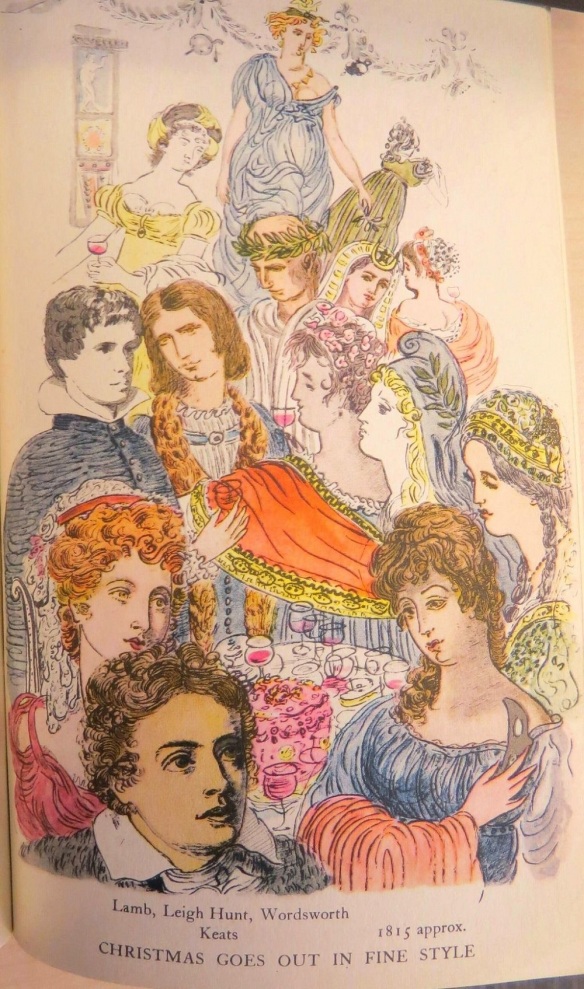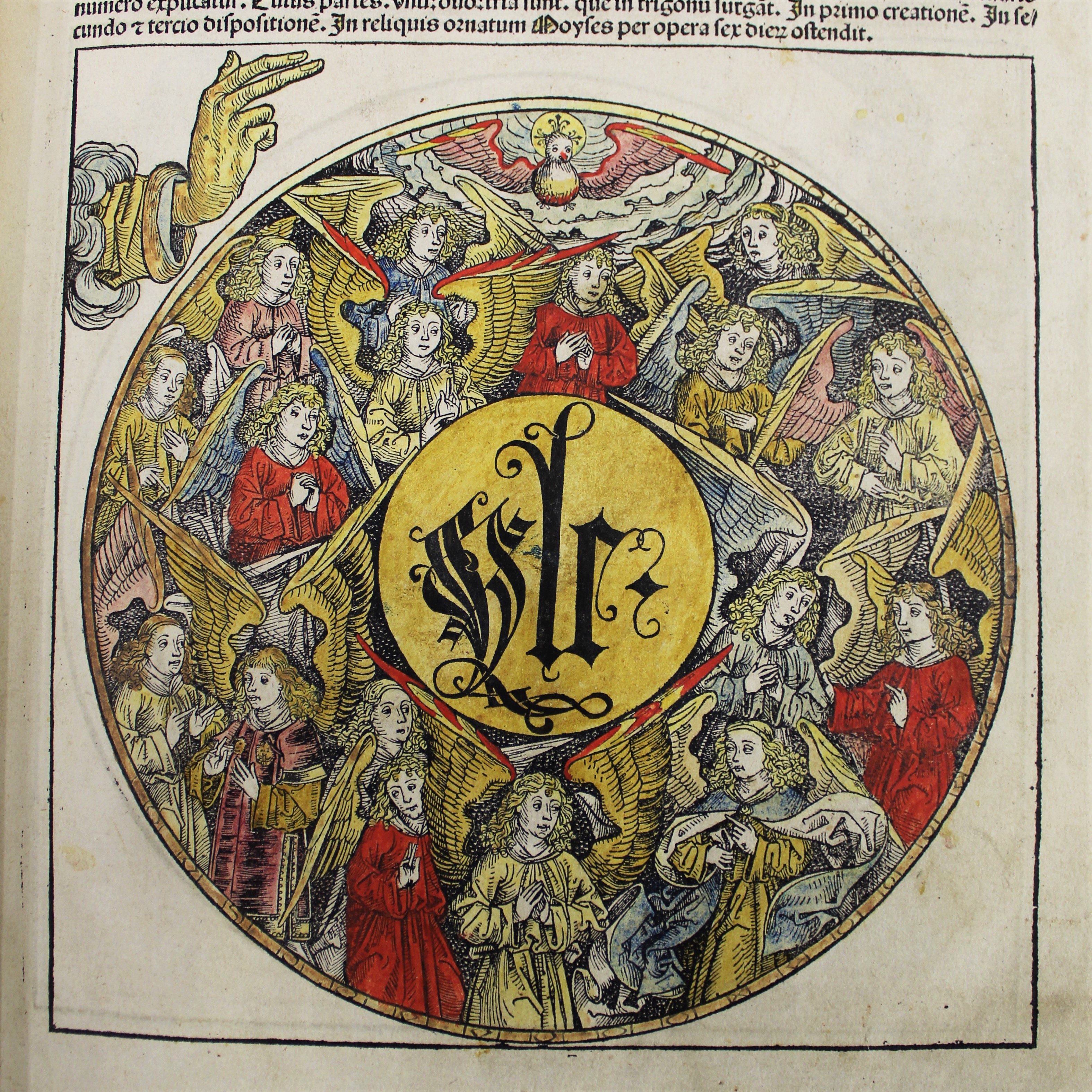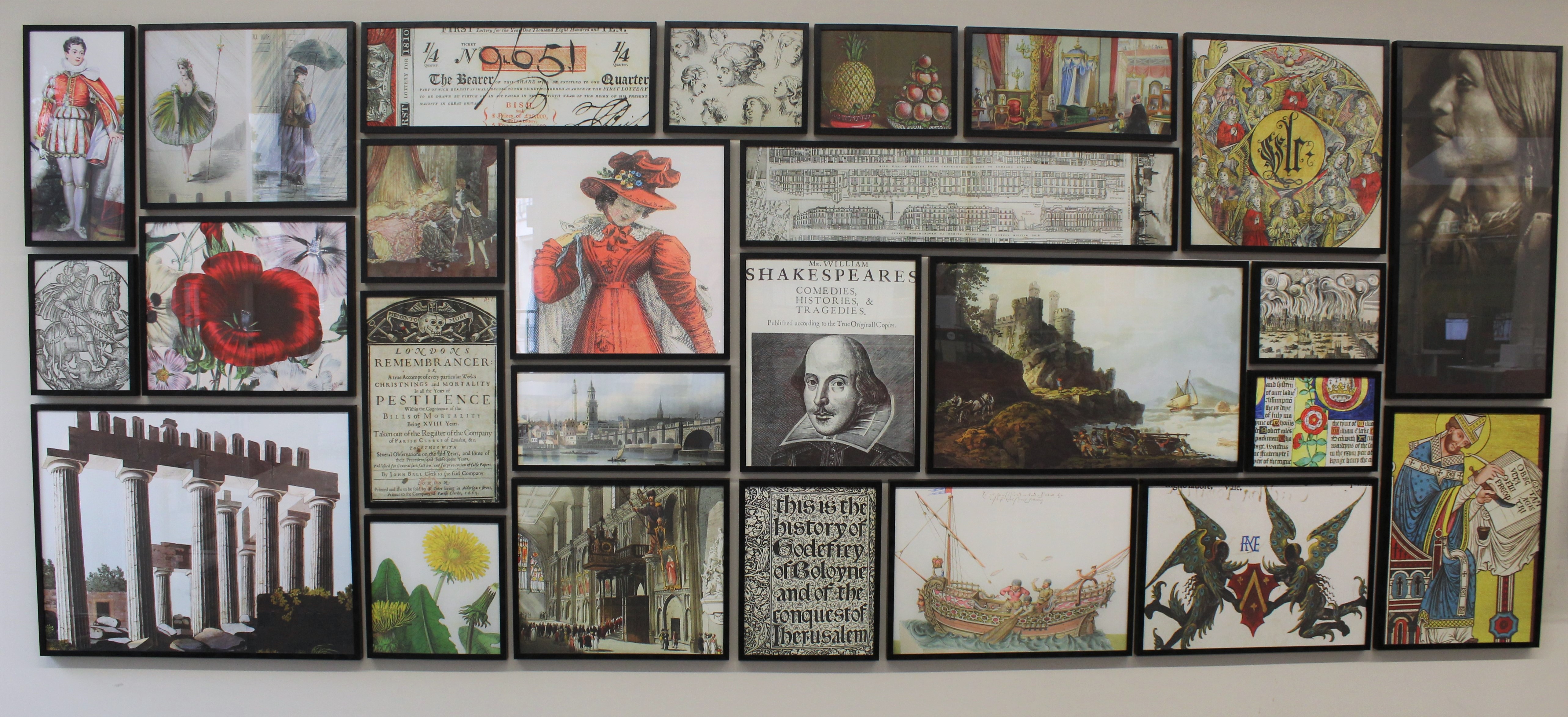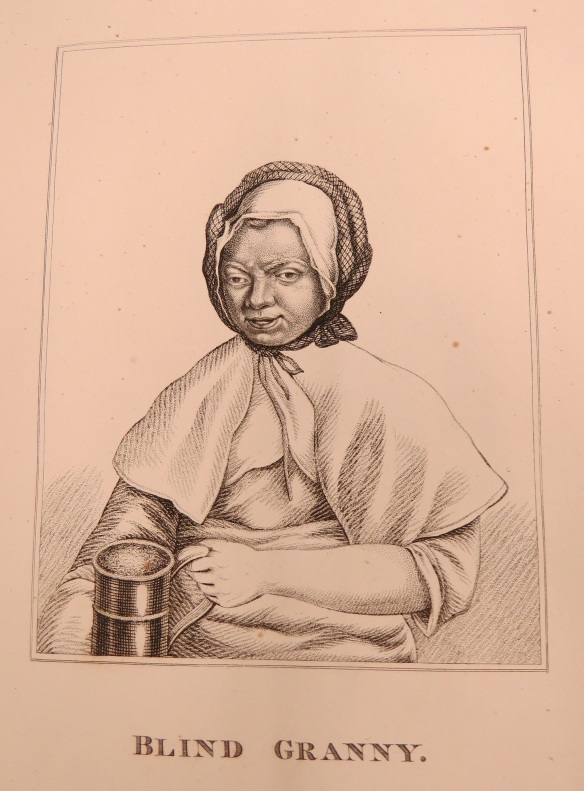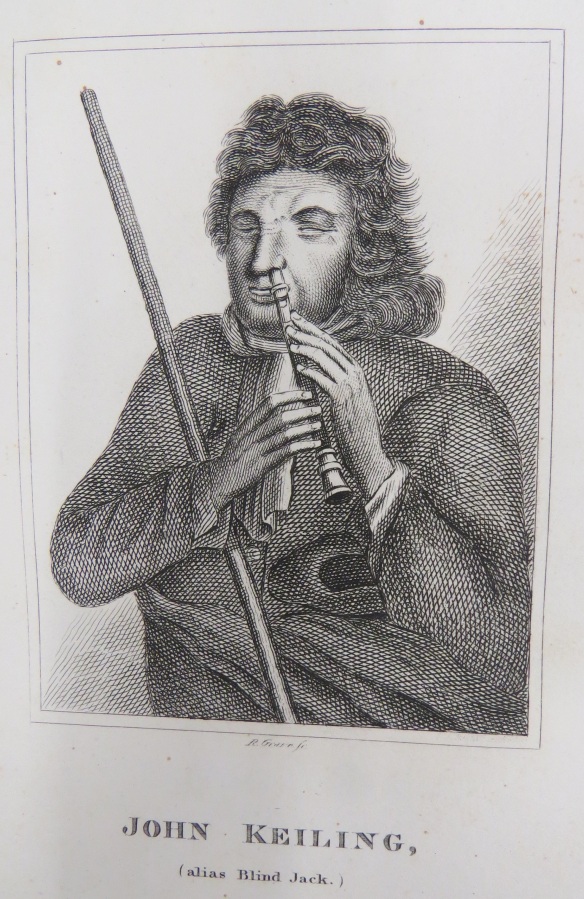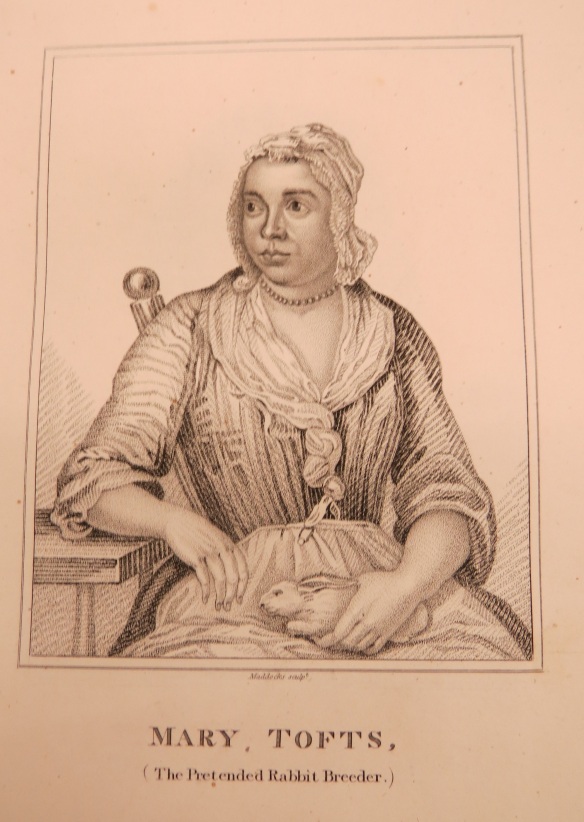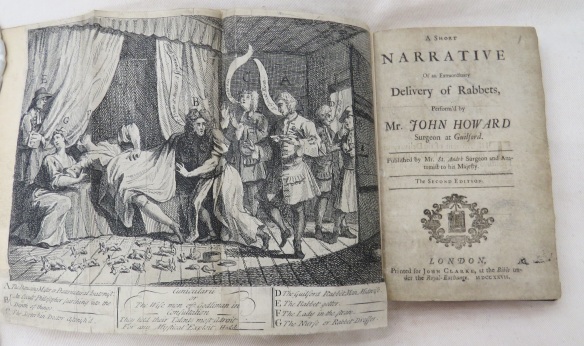To celebrate the 12 days of Christmas, this year we are bringing you some of the most intriguing Christmas items from our collection. We hope you all have a very merry Christmas and a Happy New Year!
On the first day of Christmas – we wish you a happy Christmas! A more traditional offering from a French published book of hours, 1509. These were devotional books containing prayers and psalms, popular in the Middle Ages.
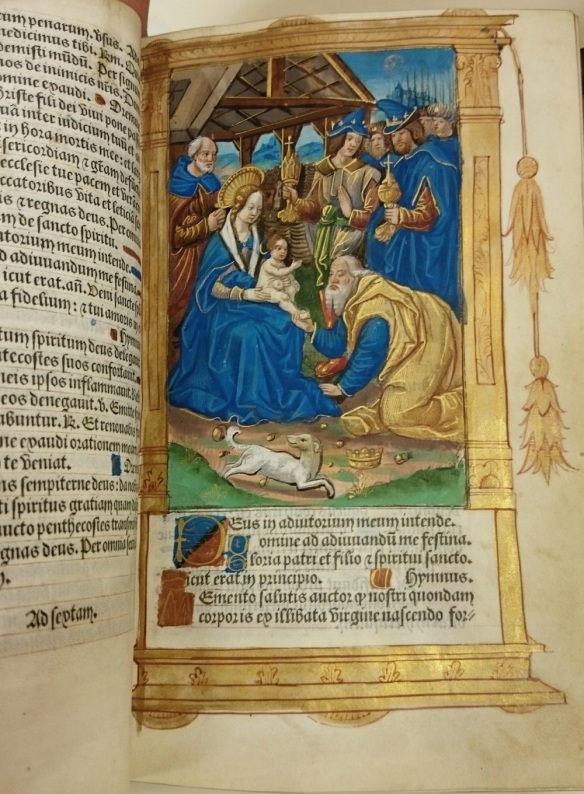
On the second day of Christmas – enjoy Boxing Day! The tradition of the Christmas box either derived from the opening of alms boxes placed in churches so donations could be collected for the poor, or the practice of giving boxes of gifts to employees on the day after Christmas, which became known as Boxing day.
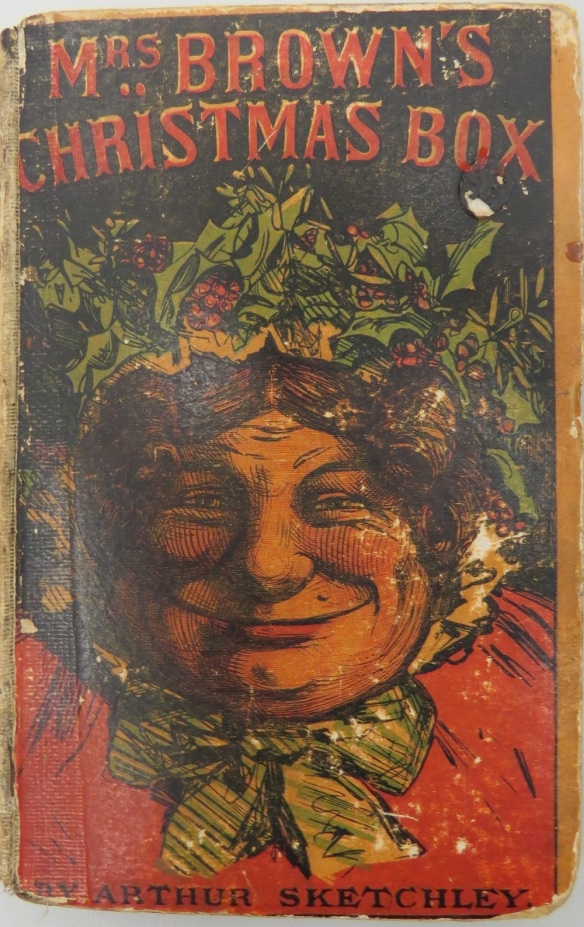
On the third day of Christmas…have a smashing time! This is the Fortnum & Mason Christmas Catalogue, 1934. ‘Dishes Ready to Serve’ included boar’s head at 5 shillings a pound. If that isn’t to your taste you could try Christmas cakes with the ‘the fattest and richest fruits’ raised pies, special hams, fruits in brandy, paradise cake and chocolate bacchanalia!
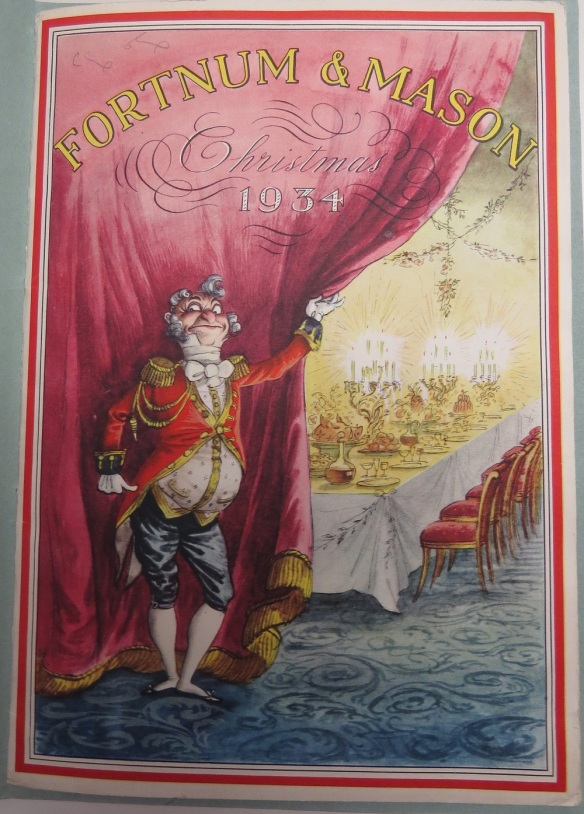
On the fourth day of Christmas…fun and games. Gamages Xmas Bazaar (1938) showcased a selection of Christmas toys available to buy that year. Hobby horses, pushchairs, typewriters and train sets were all the rage at Gamages.
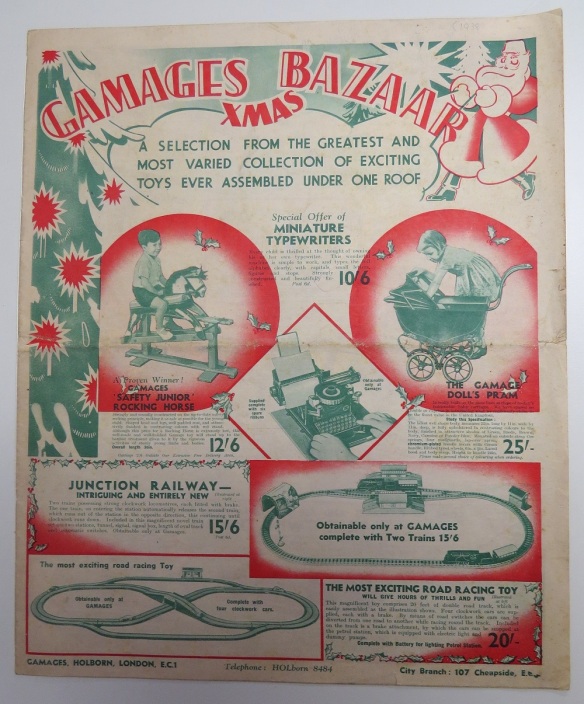
On the fifth day of Christmas…nostalgia. Here are some Christmas specialities from 1936. This graceful representation of King George VI’s Coronation Coach provides a novelty of topical interest. Filled with iced animal and kindergarten biscuits. Each model packed in an attractive carton. All for 1/6.
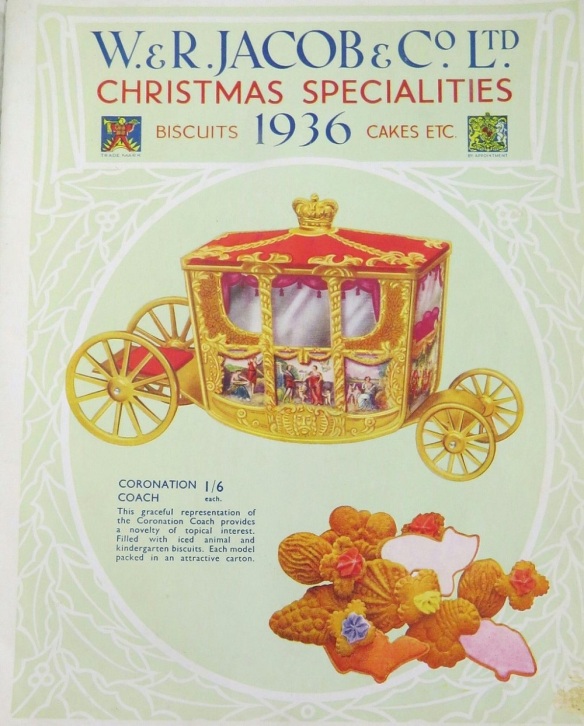
On the sixth day of Christmas…still cracking on. Film merchandising is nothing new. Walt Disney’s ‘Snow White’ of 1937 may have influenced the toy selection in this brochure from Gamages Xmas Bazaar (1938). On offer inside these pages was a set of all eight characters (for 8 shillings and eleven pence) as well as Snow White jigsaws, games, crackers and books.
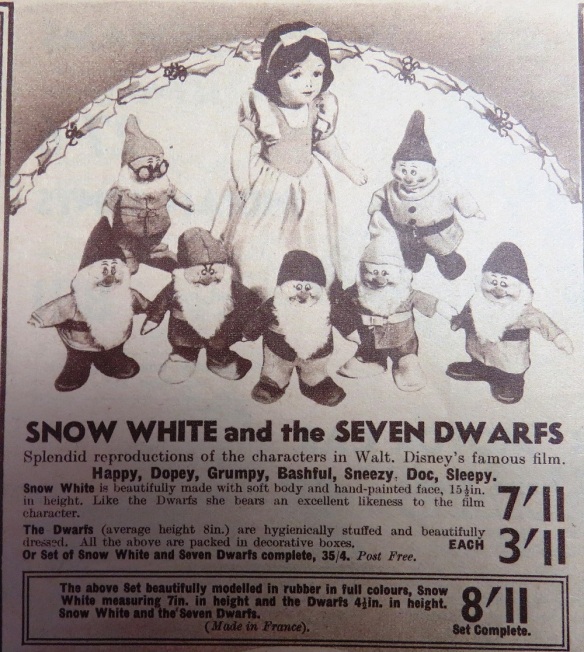
On the seventh day of Christmas… ‘a stellar Christmas’? The image is from Punch magazine 1954. We particularly like Father Christmas’ space helmet, which accommodates his beard!

On the eighth day of Christmas, we wish you a Happy New Year! This passage is taken from Charles Dickens’ Christmas story The Chimes: A Goblin Story of Some Bells that Rang an Old Year Out and a New Year In (1844): ‘So may the New Year be a happy one to you, happy to many more whose happiness depends on you! So may each year be happier than the last, and not the meanest of our brethren or sisterhood debarred their rightful share, in what our Great Creator formed them to enjoy.’ This image is of Trotty Veck, a character from the story.
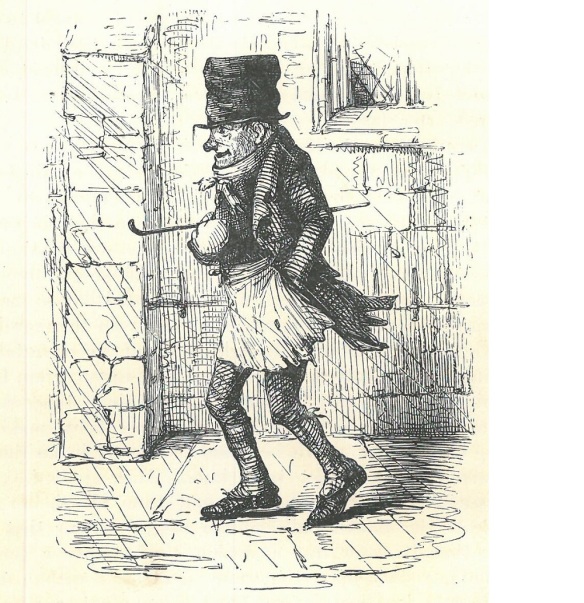
On the ninth day of Christmas…continue with the festivities. This is ‘Bringing in the Boar’s Head’ by J. Gilbert, Illustrated London News, 22 December 1855, page 733. In past centuries, a boar’s head was the meat dish chiefly associated with the festive season. John Aubrey, writing in the 17th century, describes how in gentlemen’s houses at Christmas ‘the first diet that was brought to table was a boar’s head with a lemon in his mouth.’ The Boar’s Head ceremonies held at Queen’s College, Oxford and in London by the Butchers’ Company still preserve this custom.

On the tenth day of Christmas…still merry. This image is ‘The Wassail Bowl’, drawn by John Gilbert (Illustrated London News, 22 December 1860, page 579). The beverage of choice for the wassail bowl was lambswool – hot spiced ale with toasted apples bobbing on the surface. Carol singers often went door to door with an empty wassail bowl, in the hope of cadging a drink off wealthier neighbours, but this does not seem to be the case in this particular illustration!

On the eleventh day of Christmas…last dance. Published by the Moore Brothers in the 1800s. The Moore Brothers were tea merchants based in King William Street, City of London, as indicated by the logo in the top right-hand corner.
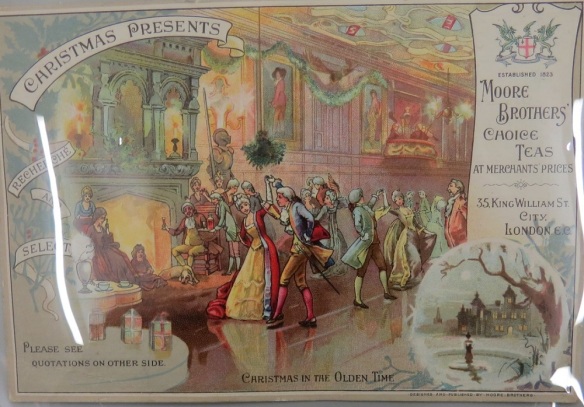
On the twelfth day of Christmas…Christmas goes out in fine style! A festive party two hundred years ago with Lamb, Leigh Hunt, Wordsworth and Keats.
